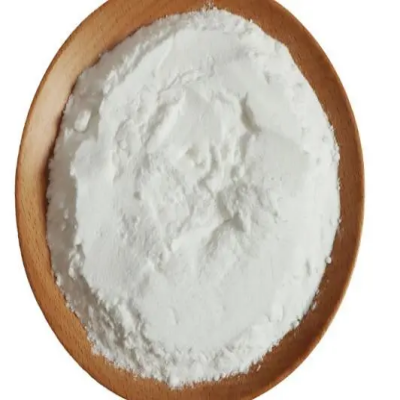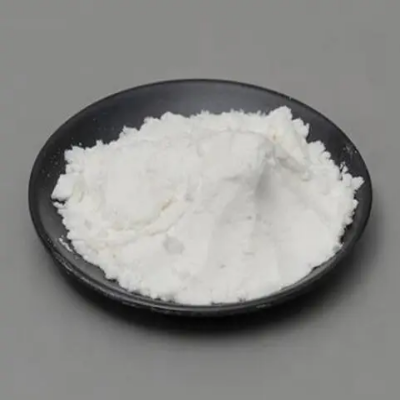-

2-Methoxyethylmethacrylate CAS:6976-93-8
2-Methoxyethylmethacrylate, also known as MEMA, is a chemical compound widely used in various industrial applications. It is a clear, colorless liquid with the chemical formula C7H12O3. This compound belongs to the class of methacrylate esters and exhibits properties that make it valuable for diverse functions.
-

2-Acetoxy-1-methoxypropane CAS:108-65-6
2-Acetoxy-1-methoxypropane is a chemical compound commonly used in various industrial applications. It is a clear liquid with the chemical formula C6H12O4. This compound, also known as methyl acetol acetate, exhibits specific properties that make it suitable for diverse functions.
-

2-(HEXYLOXY)ETHANOL CAS:112-25-4
2-(Hexyloxy)ethanol is a chemical compound with the molecular formula C8H18O2. It is a clear, colorless liquid known for its versatile applications in various industries. This compound, also referred to as hexyl cellosolve, features a hydrophobic hexyloxy group attached to a hydrophilic ethanol backbone, making it suitable for a range of functions.
-

2-(2-n-Butoxyethoxy)ethanol CAS:112-34-5
2-(2-n-Butoxyethoxy)ethanol, also known as butoxydiglycol, is a clear, colorless liquid with a faint odor. It is commonly used as a solvent, coupling agent, and viscosity modifier in various industrial applications. Butoxydiglycol exhibits excellent solvency power and is compatible with a wide range of materials.
-

2-(2-ethoxyethoxy)-Ethanol CAS:111-90-0
2-(2-ethoxyethoxy)-Ethanol is a clear, colorless liquid with a faint odor. It is commonly used as a solvent, viscosity modifier, and coupling agent in various industrial applications. Known for its excellent solvency power and compatibility, this compound plays a significant role in diverse processes.
-

2-PROPOXYETHANOL CAS:2807-30-9
2-PROPOXYETHANOL, also known as propylene glycol monopropyl ether, is a clear, colorless liquid with a mild odor. It is commonly used as a solvent, cleaning agent, and coupling agent in various industrial applications. 2-PROPOXYETHANOL is known for its ability to dissolve a wide range of substances and its compatibility with many materials.
-

2-(2-ETHYLHEXYLOXY)ETHANOL CAS:1559-35-9
2-(2-Ethylhexyloxy)ethanol, with the chemical formula C12H26O2, is a clear, colorless liquid known for its versatile applications in various industries. This compound, featuring an ethylhexyloxy group attached to an ethanol backbone, exhibits unique properties that make it suitable for diverse functions.
-

4-Nitrothiophenol CAS:1849-36-1
4-Nitrothiophenol is a yellow crystalline solid with the chemical formula C6H4NO2S. It is commonly used in organic synthesis and as a reagent in various chemical reactions due to its unique properties. This compound is notable for its aromatic ring structure combined with a nitro group and a thiol group, making it versatile for diverse applications.
-

1,2-propyleneglycol-1-monobutyl CAS:5131-66-8
1,2-Propyleneglycol-1-Monobutyl is a chemical compound utilized in various industrial applications. It is a clear, colorless liquid with the chemical formula C7H16O3. This compound, also known as butoxypropoxypropanol, exhibits specific properties that make it suitable for diverse functions.
-

1-ETHOXY-2-PROPYLACETATE CAS:54839-24-6
1-Ethoxy-2-Propylacetate is a clear, colorless liquid with the chemical formula C7H14O3. It is commonly referred to as EPEHA and belongs to the class of acetate esters. EPEHA is characterized by its mild fruity odor and is soluble in common organic solvents. It is primarily utilized as a solvent in various industrial applications, particularly in coatings, paints, and chemical reactions due to its excellent solvency properties and low volatility.
-

tert-Butyl (trans-4-(4-(trifluoromethyl)phenyl)pyrrolidin-3-yl)carbamate CAS:1212404-61-9
tert-Butyl (trans-4-(4-(trifluoromethyl)phenyl)pyrrolidin-3-yl)carbamate is a chemically significant compound used in organic synthesis and medicinal chemistry. This molecule features a tert-butyl carbamate protecting group attached to a trans-4-(4-(trifluoromethyl)phenyl)pyrrolidin-3-yl moiety, imparting unique structural characteristics suitable for various chemical processes. The presence of the trifluoromethyl group enhances the compound’s lipophilicity and electronic properties, making it valuable for structure-based drug design and synthetic applications. Chemists utilize this compound as a versatile building block for the preparation of diverse molecules with potential pharmaceutical relevance, offering opportunities for innovative molecular design and exploration in chemical sciences.
-
![tert-butyl 5-azaspiro[2.5]octan-8-ylcarbamate CAS:1232542-24-3](https://cdn.globalso.com/xindaobiotech/2QGOH2R49Y37X8W8E88O4D31.png)
tert-butyl 5-azaspiro[2.5]octan-8-ylcarbamate CAS:1232542-24-3
Tert-butyl 5-azaspiro[2.5]octan-8-ylcarbamate is a versatile compound with potential applications in the pharmaceutical and agrochemical industries. This synthetic molecule features a unique spirocyclic structure that offers distinct properties for various chemical processes. With tert-butyl and carbamate functional groups, it exhibits stability and reactivity suitable for diverse synthetic pathways. The presence of the azaspiro ring further enhances its potential as a valuable building block for designing novel compounds with desired biological activities. This compound represents a promising tool for researchers and chemists seeking to develop innovative drug candidates or agrochemical products.

